Optimal Timing for Fiberglass Repairs
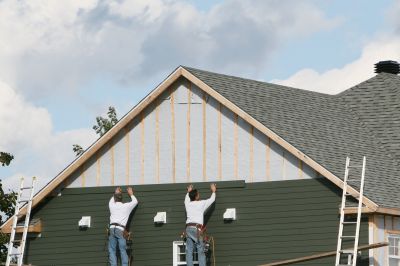
Perform fiberglass repairs during dry weather to ensure proper curing and adhesion.
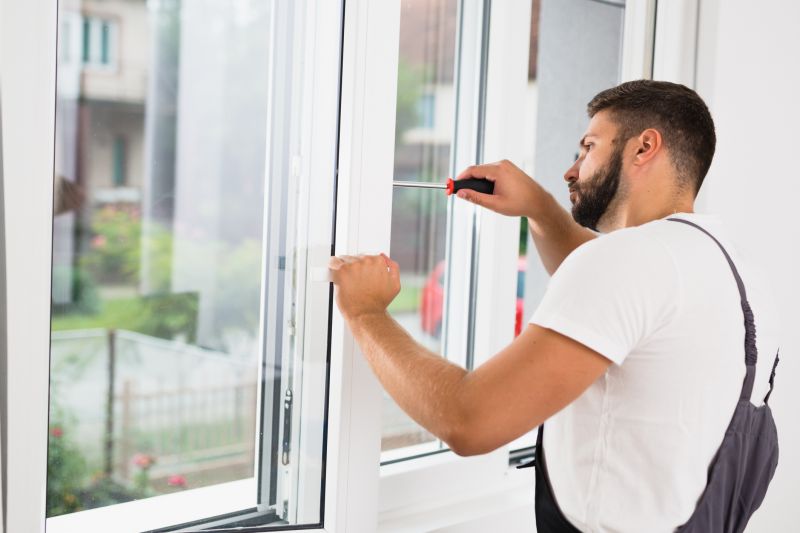
Ideal temperatures for fiberglass repairs are between 60°F and 80°F for best results.
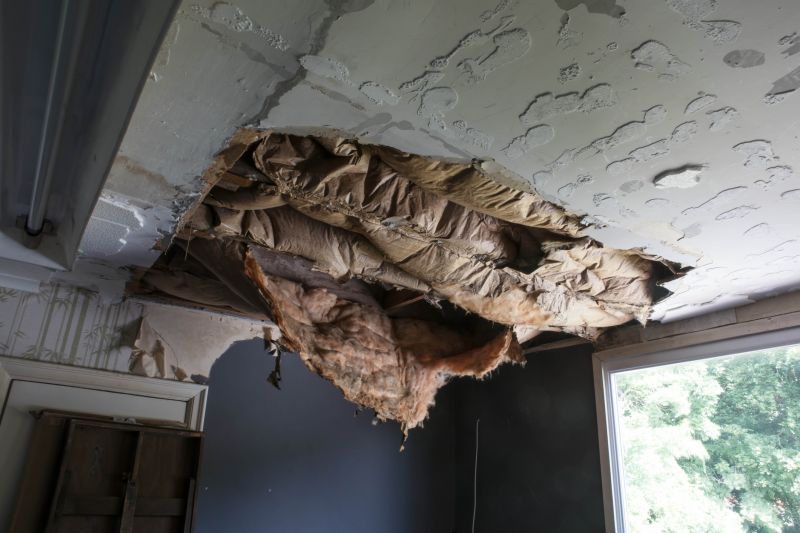
High humidity can affect the curing process, so repairs should be scheduled during low humidity periods.

Ways to make Fiberglass Repairs work in tight or awkward layouts.

Popular materials for Fiberglass Repairs and why they hold up over time.
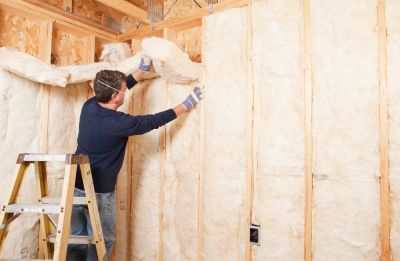
Simple add-ons that improve Fiberglass Repairs without blowing the budget.

High-end options that actually feel worth it for Fiberglass Repairs.
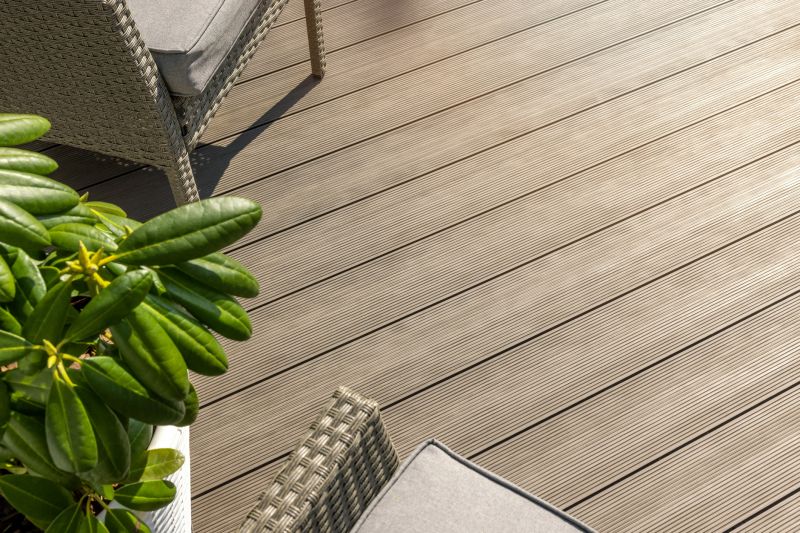
Finishes and colors that play nicely with Fiberglass Repairs.
Fiberglass repairs are essential for maintaining the integrity and appearance of various structures, including boats, pools, and recreational vehicles. Proper timing ensures that repairs are durable and effective. The best conditions for fiberglass repair involve dry weather, moderate temperatures, and low humidity, which facilitate optimal curing and bonding.
Spring and early fall often provide the most favorable weather conditions for fiberglass repairs.
Monitoring weather forecasts helps in scheduling repairs during suitable periods to avoid delays.
Extreme cold or heat can compromise the curing process, leading to subpar results.
Proper surface preparation before repairs is crucial regardless of timing to ensure adhesion.
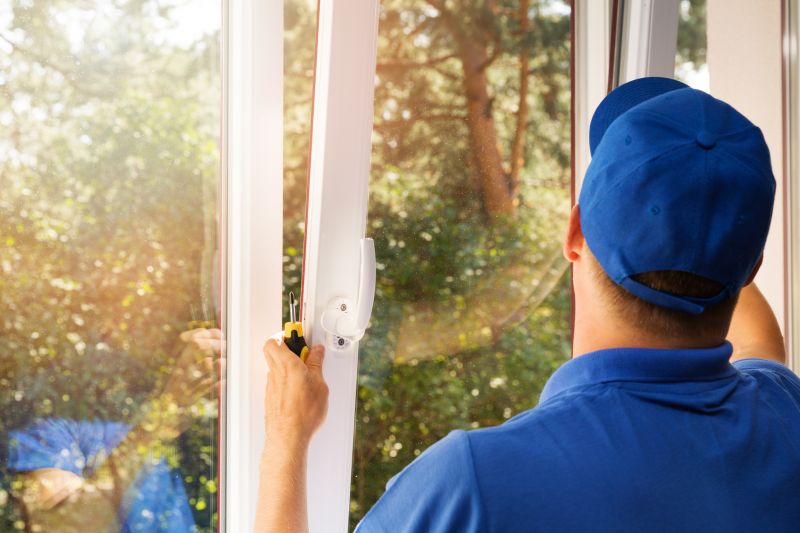
Ideal for fiberglass repairs to prevent moisture interference.
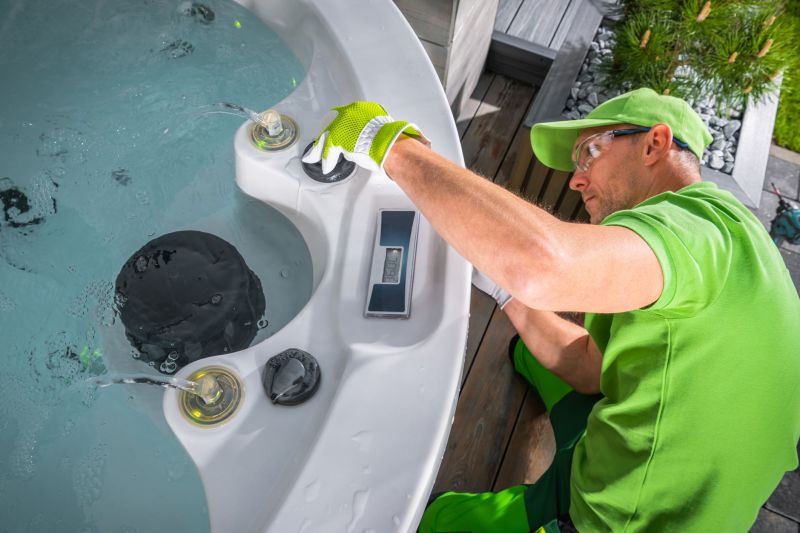
Maintaining proper temperature ensures optimal curing.
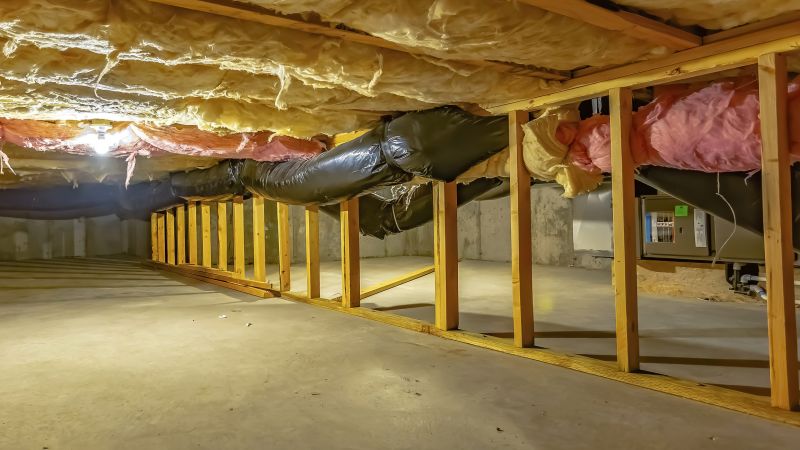
Reduces the risk of bonding issues and curing delays.
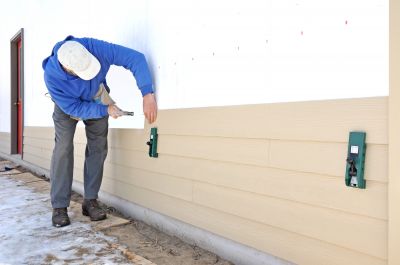
Choosing the right season can improve repair quality and longevity.
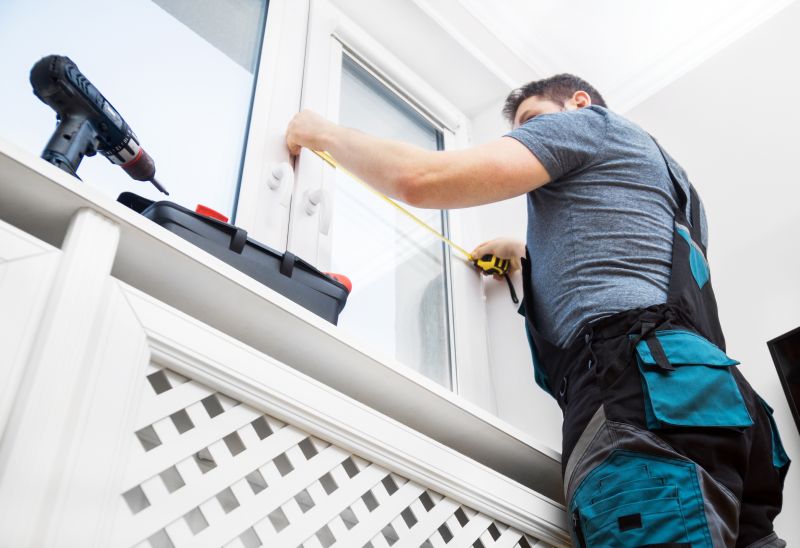
Little measurements that prevent headaches on Fiberglass Repairs day.
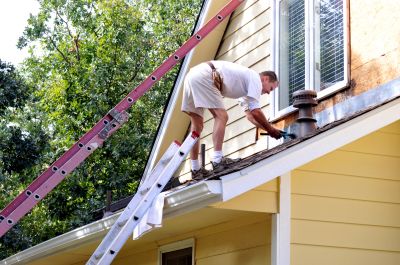
A 60-second routine that keeps Fiberglass Repairs looking new.
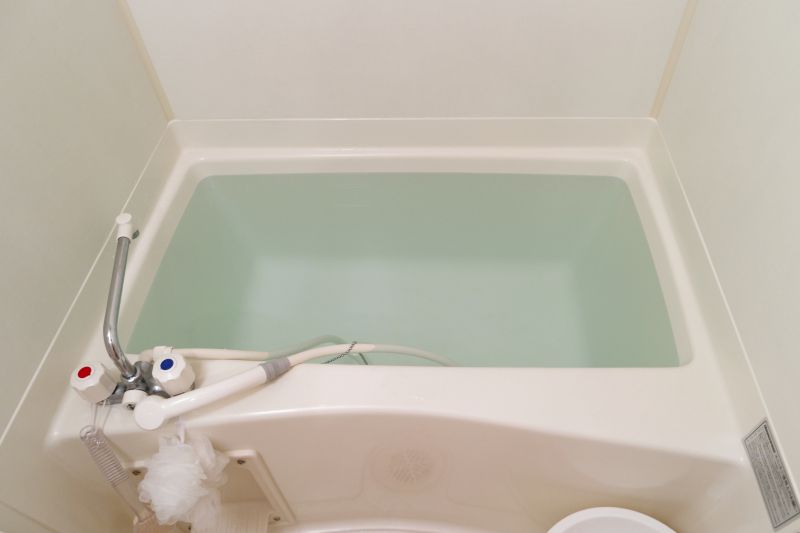
A frequent mistake in Fiberglass Repairs and how to dodge it.
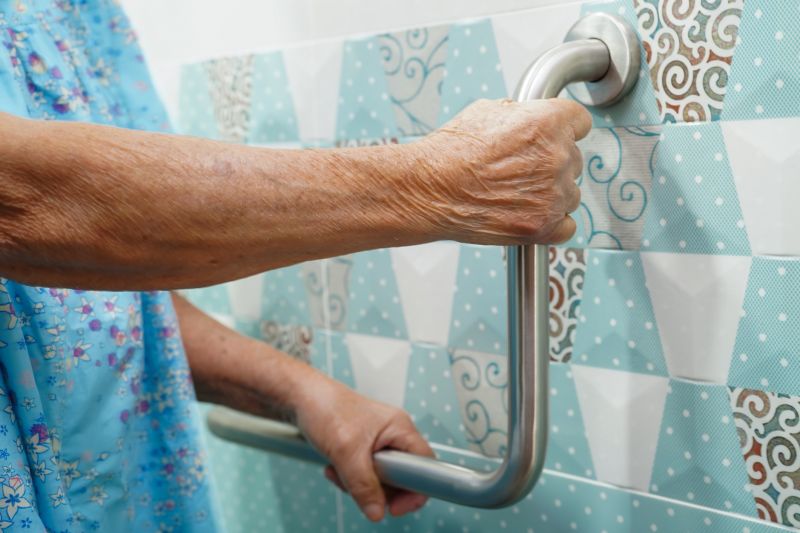
Small tweaks to make Fiberglass Repairs safer and easier to use.
| Factor | Ideal Conditions |
|---|---|
| Weather | Dry, clear days |
| Temperature | 60°F to 80°F |
| Humidity | Below 60% |
| Season | Spring or early fall |
| Time of Day | Mid-morning to early afternoon |
| Precipitation | No rain or moisture |
| Wind | Light or calm conditions |
Fiberglass repairs require careful planning to ensure the best possible outcome. Timing repairs during favorable weather conditions helps prevent moisture entrapment and ensures proper curing. Proper environmental conditions contribute to the durability and appearance of the finished repair, extending the lifespan of the structure.
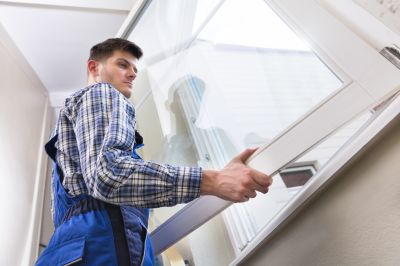
Proper timing enhances the effectiveness of each repair stage.
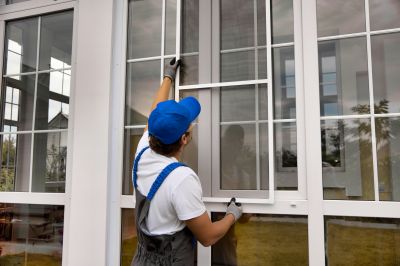
Adjusting repair schedules based on weather forecasts improves results.
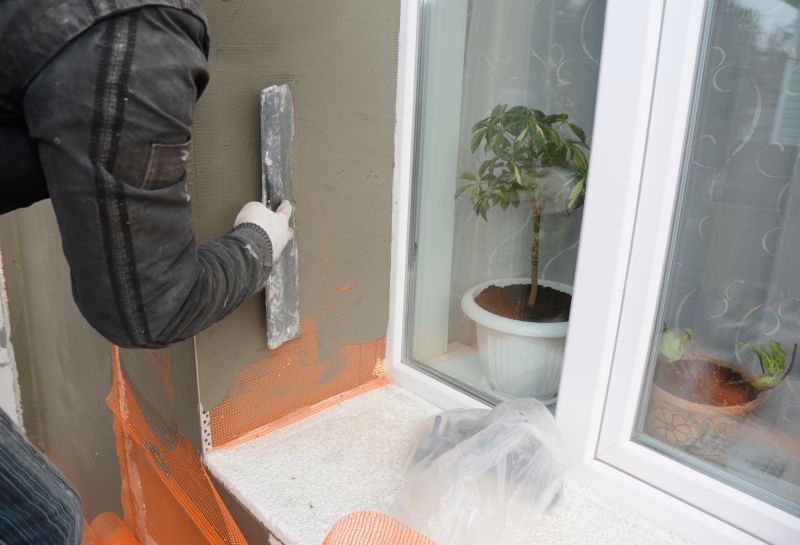
Surface prep combined with optimal timing ensures adhesion and durability.
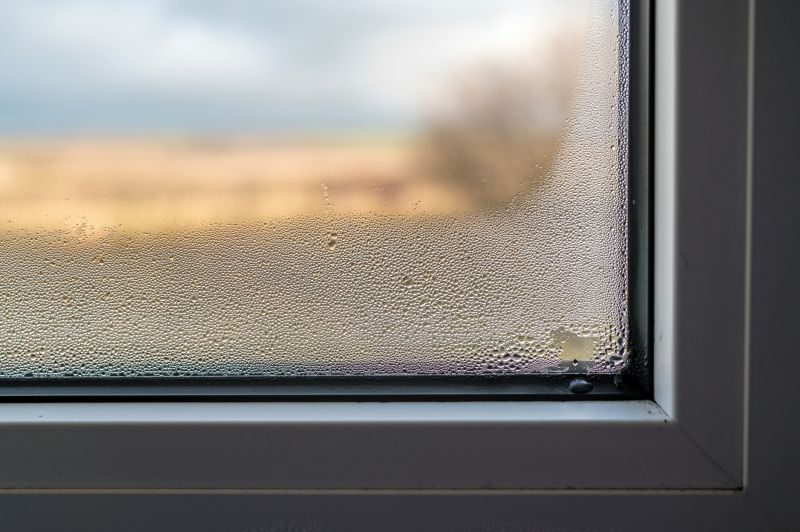
Continuous weather monitoring helps select the best repair window.

Lower-waste or water-saving choices for Fiberglass Repairs.
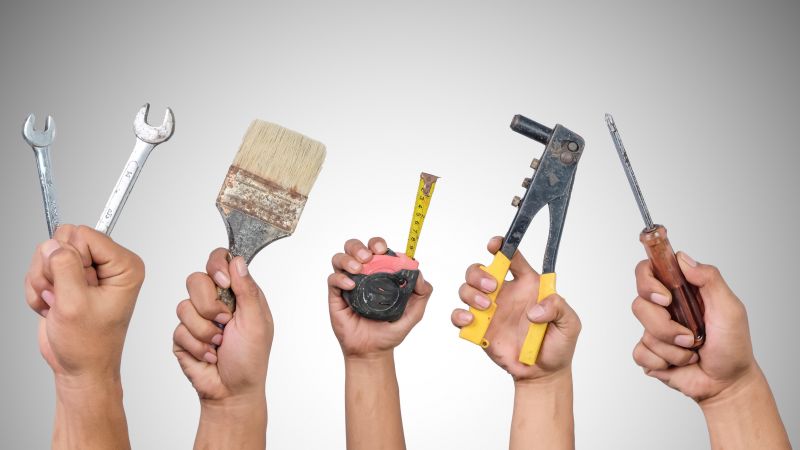
The short, realistic tool list for quality Fiberglass Repairs.

Rough timing from prep to clean-up for Fiberglass Repairs.
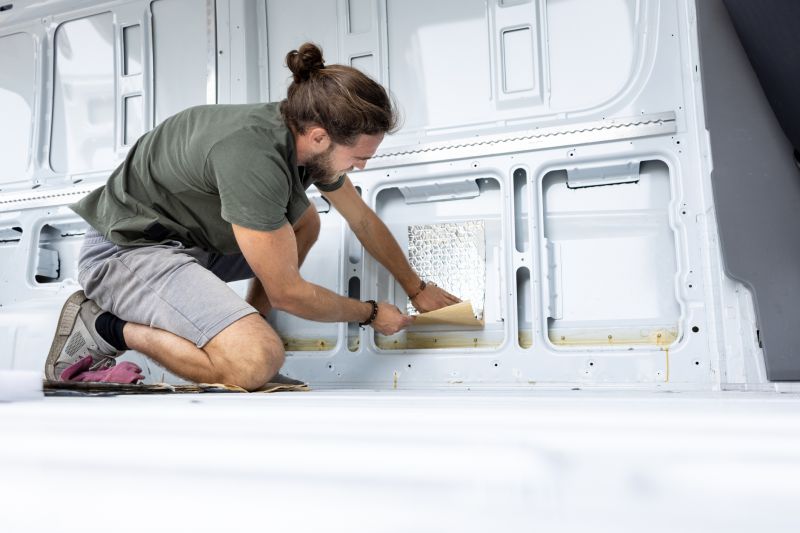
Quick checks and paperwork to keep after Fiberglass Repairs.
Scheduling fiberglass repairs at the right time minimizes the risk of rework and ensures long-lasting results. Consulting weather forecasts and selecting periods with stable, dry conditions contribute significantly to successful repairs.
Interested in fiberglass repairs? Filling out the contact form can provide more information and assistance tailored to specific needs.
